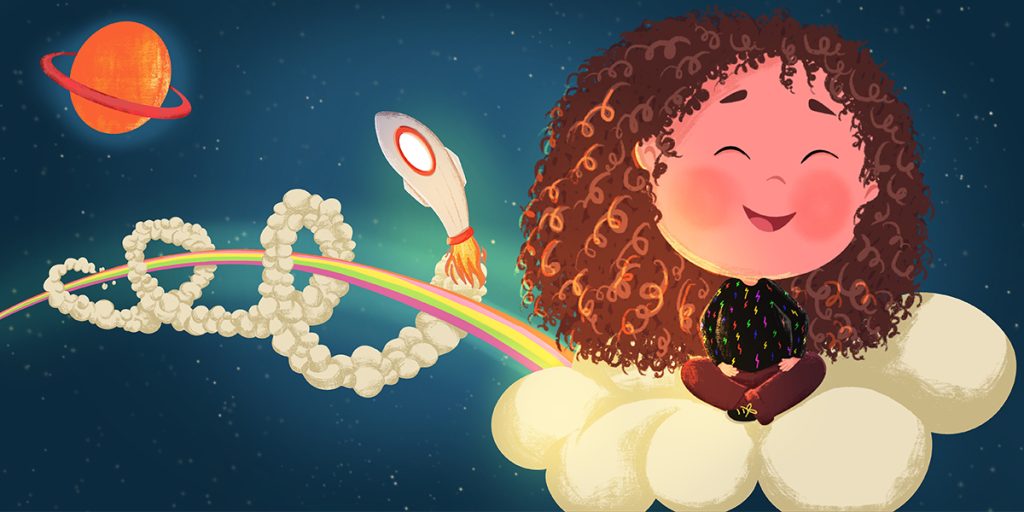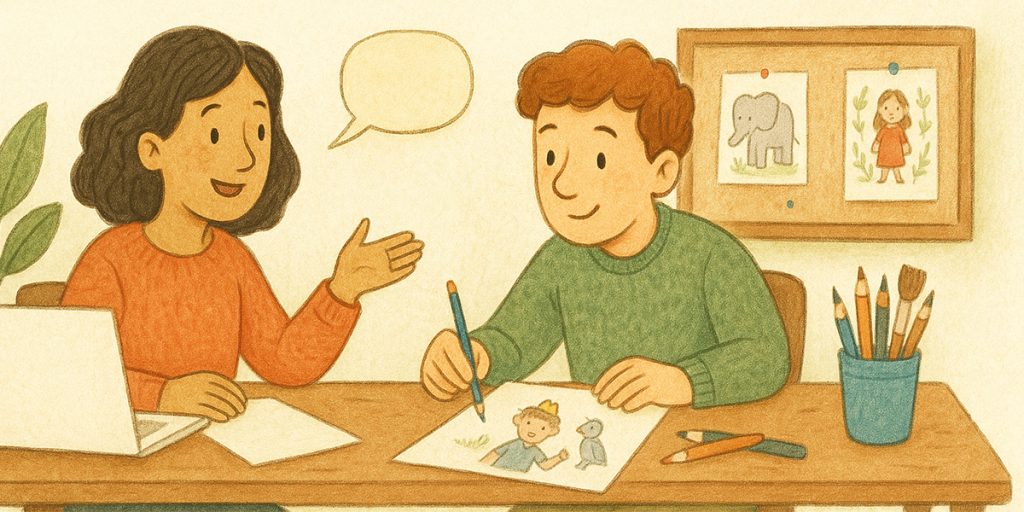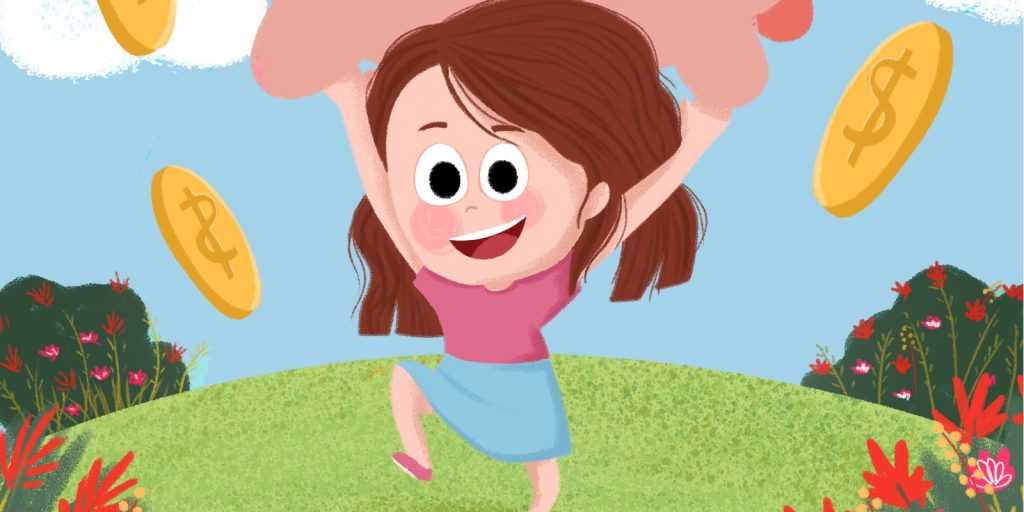When you think about your favorite childhood story, what comes to mind first—the sequence of events or the characters who lived through them? For most readers, it’s the characters. From Winnie the Pooh to Matilda, the best children’s books aren’t remembered for their complex plots but for the personalities that make readers laugh, learn, and love.
In the world of storytelling, strong characters aren’t just important—they’re everything. While a plot gives direction, it’s the characters who breathe emotion, meaning, and connection into a story. Especially in children’s literature, where imagination meets empathy, well-developed characters can turn even a simple storyline into a timeless tale.
1. Characters Create Emotional Connection
Children connect with stories through feelings, not logic. They may not follow every twist and turn of a complex plot, but they always remember how a character made them feel. That’s why strong characters in children’s books act as emotional anchors.
A well-developed protagonist allows readers to see the world through their eyes. When a young reader relates to a character’s fear, curiosity, or courage, the story becomes personal. The reader starts imagining themselves in that world—learning lessons without even realizing it.
Characters like the brave mouse in The Gruffalo or the kind-hearted bear in Paddington resonate because they embody emotions children understand: bravery, kindness, and belonging. These emotional connections are far more powerful than any dramatic plot twist.
2. A Great Character Can Carry a Simple Story
Many of the most successful children’s books have very simple plots. A caterpillar eats food and becomes a butterfly. A boy finds a crayon that draws his adventures. A bear just wants honey.
Yet, these stories endure because the characters feel alive. They have desires, flaws, and charm. Their personalities drive the story forward more than any sequence of events.
In fact, simplicity often helps young readers focus on character emotions and motivations instead of getting lost in a complicated narrative. The more children connect with the main character, the more invested they become in the journey—no matter how simple it is.
3. Strong Characters Teach Values Naturally
Children’s stories often aim to teach lessons—kindness, courage, honesty, or empathy. But the message only works when it’s delivered through believable characters.
Instead of directly telling children what’s right or wrong, great authors show it through the actions of their characters. This storytelling technique allows lessons to emerge naturally.
For example:
- A shy child learns to speak up through a timid hero’s journey.
- A selfish character learns sharing through friendship.
- A fearful protagonist finds courage in an unexpected moment.
This is the magic of character-driven storytelling—values taught through empathy rather than instruction.
4. Character Development Keeps Readers Engaged
Even adults lose interest in stories where the plot dominates but characters feel flat. Children are no different. When characters grow, evolve, or surprise readers, they create curiosity and excitement.
That’s why the importance of character development cannot be overstated. The best children’s authors and illustrators craft characters with personalities that evolve throughout the book.
Maybe the main character starts off scared of the dark but learns to embrace it. Maybe the villain learns kindness or friendship. These small transformations create emotional payoffs that stick with young readers long after the story ends.
5. Visual Design Strengthens Character Identity
In picture books and illustrated stories, visuals play a vital role in how readers connect with characters. The color palette, facial expressions, clothing, and even posture all communicate personality traits before a single word is read.
That’s why illustrators who specialize in character design for children’s books spend so much time refining expressions and gestures. A child can instantly sense if a character is kind, funny, or mischievous—just from the art.
For example:
- Warm colors like yellow and pink often make a character appear friendly or safe.
- Cool tones or darker shades can make a villain appear mysterious or stern.
Consistency in design helps maintain recognition and emotional stability across pages. Children love familiarity and that begins with visually strong characters.
6. Great Characters Outlive Their Stories
While a plot might fade from memory, iconic characters live forever. Think of Peter Pan, Alice in Wonderland, or The Little Prince. Each one represents more than just a story—they symbolize ideas, emotions, and universal truths.
That’s the power of a well-crafted character: they transcend their books. They inspire imagination, spark creativity, and even influence future storytellers.
In contrast, a strong plot with weak characters rarely leaves an emotional footprint. Stories built around personalities rather than just events stay alive across generations.
7. Why Plot Still Matters (But Comes Second)
This isn’t to say plot doesn’t matter. A well-structured plot gives characters direction, challenge, and growth. But in children’s books, it’s secondary to emotional connection.
Children remember who the story was about long before they recall what happened. The plot may set the stage, but the characters perform the play.
So, the most successful stories are those where the plot enhances character growth—not overshadows it.
Conclusion – The Heart of Every Story is a Character
In children’s storytelling, strong characters are the soul that gives meaning to every adventure. They transform simple plots into timeless lessons. They teach, comfort, and inspire in ways no complex narrative ever could.
At The Rainbow Stories, we believe that every story begins with a character worth remembering. From character design to custom storybook creation, our illustrators and storytellers specialize in bringing unique personalities to life heroes and villains alike.







